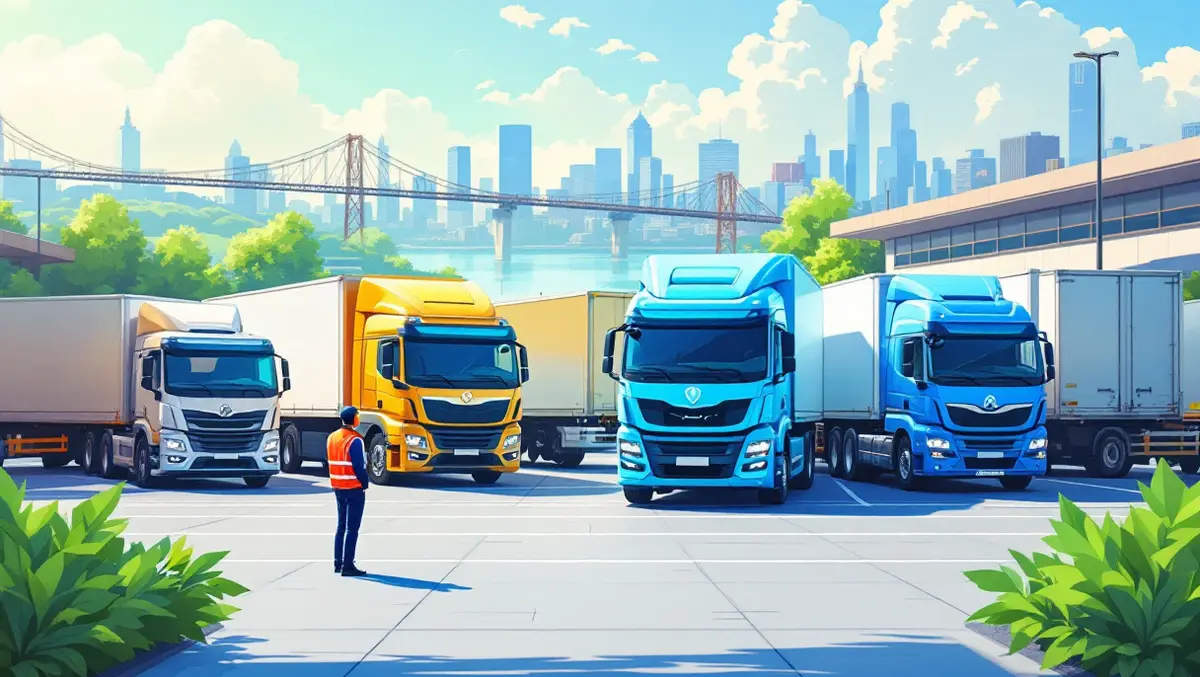
Customer demand now drives fleet shift to alternative energy
A recent industry report has found that customer demand is now the primary driver behind fleet operators' transition to alternative energy sources, with regulatory pressure playing a lesser role.
The 2025 Energy Edition of Teletrac Navman's "Mobilising the Future of Fleets Report" surveyed 536 fleet operators across Australia, New Zealand, Mexico, the United Kingdom and the United States to assess the changing priorities and approaches in decarbonising business fleets.
According to the report, 63% of fleets identify customer demand as the most influential factor in their switch to alternative energies. Regulation was cited by only 29% of respondents as the main influence, while 58% pointed to brand reputation and their own sustainability targets as key motivations.
Alain Samaha, Chief Executive Officer of Teletrac Navman, commented on the findings: "Fleets are focusing on their own net-zero goals as a part of their corporate reputation and long-term commercial strategies, rather than just seeing it as a compliance checkbox."
He added: "Customers recognise the importance of sustainable operations, and according to our research, are making active decisions around the businesses they support based on their sustainability credentials."
The survey also indicates most operators are prioritising optimising existing assets over immediately purchasing new vehicles. A total of 84% of businesses reported efforts to improve their current operations. Areas of focus include regular vehicle maintenance cited by 49% of respondents, optimising vehicle utilisation by 36%, and investing in driver training (28%).
Despite the operational focus, capital expenditure is not being neglected. The report reveals 61% of businesses are investing in more fuel-efficient or alternative-fuel vehicles. Of these, 48% are upgrading to more fuel-efficient models, while 31% are moving to alternatives such as electric, hybrid, or natural gas vehicles.
Larger organisations with 50 or more vehicles appear to be further ahead in their sustainability journey. The data shows 62% of these operators already have active strategies aimed at improving fleet sustainability and performance.
Approaches to decarbonisation differ across the industry. Four in ten fleets (42%) indicated a preference for replacing vehicles at the end of their operational life, while 46% undertake suitability assessments for their vehicles. External consultancy is utilised by only 8% for these assessments. Additionally, 30% of respondents have performed a Total Cost of Ownership (TCO) analysis—a step described by Samaha as "a crucial step to avoid costly mistakes in expenditure and vehicle choice further down the line."
The growing shift towards mixed-energy fleets was also noted, with 61% of operators using more than one energy type. Of these, 32% employ three or more sources of energy in their operations. The most common alternative energy types found were plug-in hybrid electric vehicles (39%), battery electric vehicles (37%), and natural gas-powered vehicles (23%).
The report found that transition progress is varied, but accelerating. Of those surveyed, 8% had already converted at least half their fleet to alternative energy sources, and 48% expected to achieve this within the next two years. This projection rises to 85% within five years.
Samaha provided further comment on the industry's strategic positioning: "The push for fleet sustainability is at a pivotal moment. There is no single viewpoint on the best path forward and while concerns persist, many operators see decarbonisation as a strategic advantage."
He continued: "The pace and feasibility of adoption remain points of debate, however, access to accurate data and actionable insights will be critical factors in making informed decisions that align with both business needs and sustainability goals."
The survey was conducted in November 2024 and reflects a sample of medium to large fleet operators in multiple international markets.


